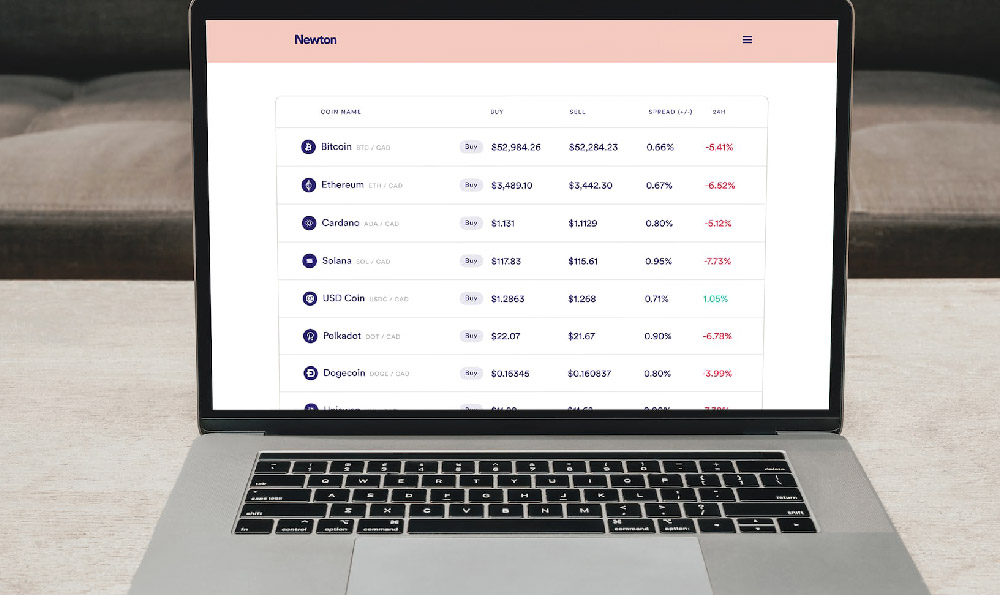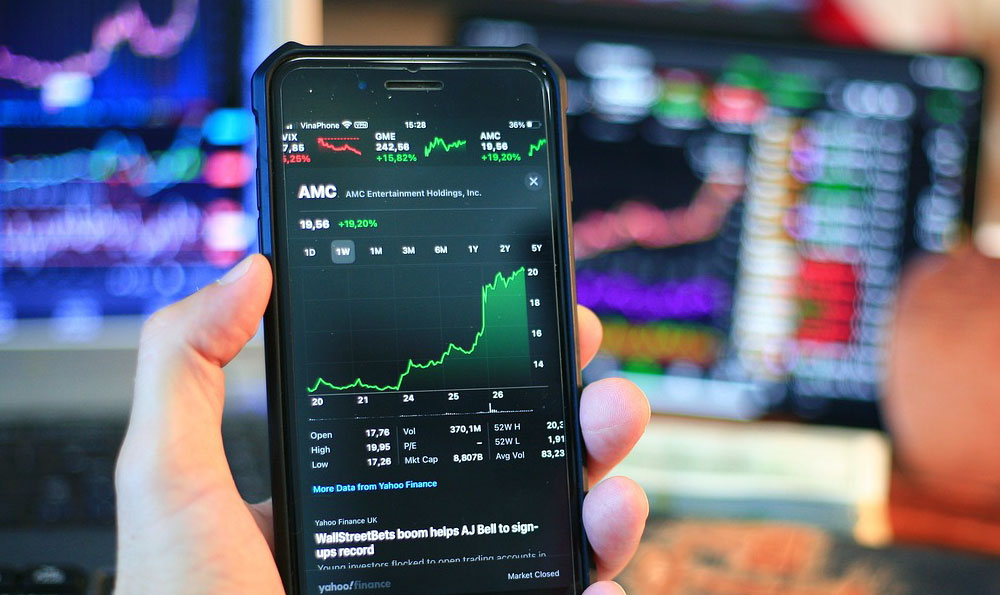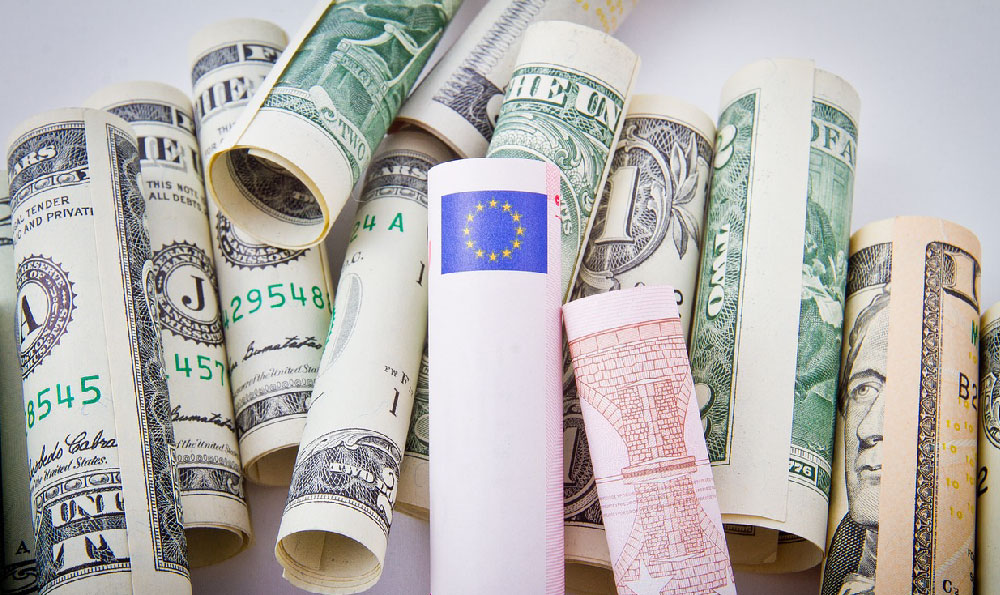Is Bitstamp Net Fee Optimal? What Are Bitstamp's Net Fees Now?
Is Bitstamp Net Fee Optimal? A Deep Dive into Their Fee Structure and Competitiveness
Bitstamp, one of the oldest and most reputable cryptocurrency exchanges, offers a platform for buying, selling, and trading various digital assets. A crucial aspect for any trader or investor considering Bitstamp is understanding their fee structure, specifically their net fees. The question, "Is Bitstamp net fee optimal?" requires a thorough examination of their fee model and how it compares to other exchanges in the market. Let's delve into the details.
Understanding Bitstamp's Fee Structure: A Comprehensive Overview

Bitstamp employs a tiered fee system based on a 30-day trading volume. This means the more you trade within a 30-day period, the lower your trading fees become. It's a common model adopted by many exchanges to incentivize higher trading volumes. The fees are applied to both the maker and taker sides of the transaction.
-
Maker Fees: These fees are charged when you place an order that isn't immediately matched with an existing order on the order book. Essentially, you're "making" liquidity for the market.
-
Taker Fees: These fees are charged when you place an order that is immediately matched with an existing order on the order book. You are "taking" liquidity from the market.
Beyond trading fees, Bitstamp also charges fees for deposits and withdrawals, which vary depending on the currency and the method used. For example, depositing cryptocurrency is typically free, but withdrawing incurs a small network fee. Fiat deposits and withdrawals, such as EUR or USD, also have associated fees that vary based on the payment method (bank transfer, credit card, etc.).
Current Bitstamp Net Fees: A Detailed Breakdown
As of late 2024, Bitstamp's trading fees start at 0.5% for traders with a 30-day trading volume below $10,000. This fee gradually decreases as trading volume increases. For instance, traders with a volume between $10,000 and $20,000 might pay a fee of around 0.25%, and those trading over $100,000 could see fees as low as 0.1%.
It's essential to check Bitstamp's official website for the most up-to-date fee schedule, as these can change periodically based on market conditions and competitive pressures. It's also crucial to factor in deposit and withdrawal fees, especially if you frequently move funds in and out of the exchange. These fees can add up over time and impact your overall profitability.
Is Bitstamp Net Fee Optimal? Weighing the Pros and Cons
Determining whether Bitstamp's net fee is "optimal" depends on several factors, including your trading volume, trading style, and the specific cryptocurrencies you trade.
-
Pros:
- Reputation and Security: Bitstamp has a long-standing reputation for security and regulatory compliance, making it a trustworthy platform. This is invaluable and something cheaper exchanges might lack. A hacked exchange, despite low fees, can be devastating.
- Tiered Fee Structure: The tiered fee structure can be beneficial for high-volume traders, offering significant cost savings.
- Variety of Cryptocurrencies: Bitstamp offers a decent selection of popular cryptocurrencies, catering to diverse investment strategies.
- Fiat Currency Support: The ability to deposit and withdraw fiat currencies directly makes it convenient for users to onboard and offboard their funds.
-
Cons:
-
Higher Fees for Low-Volume Traders: The initial fees for low-volume traders are relatively higher compared to some other exchanges.
- Deposit and Withdrawal Fees: While cryptocurrency deposits are generally free, fiat currency deposits and withdrawals can incur significant fees depending on the method.
- Limited Advanced Trading Features: Compared to some more advanced exchanges, Bitstamp may lack certain sophisticated trading tools and features that experienced traders might desire.
Bitstamp Compared: Evaluating Alternatives
To determine if Bitstamp's fees are optimal, it's essential to compare them to other popular cryptocurrency exchanges:
-
Binance: Binance typically offers lower trading fees, especially for users who hold their native token, BNB. However, Binance has faced regulatory scrutiny in some regions, which may be a concern for some users.
-
Coinbase Pro (now Coinbase Advanced Trade): Coinbase Pro offered lower fees than the standard Coinbase platform. Now rolled into Advanced Trade, it offers competitive fees and is very user-friendly. However, certain cryptocurrencies may not be available on Coinbase.
-
Kraken: Kraken is another reputable exchange with a tiered fee structure that is generally competitive with Bitstamp. Kraken also offers a wider range of trading options, including margin trading and futures.
-
Gemini: Gemini emphasizes security and regulatory compliance, similar to Bitstamp. Their fee structure is often competitive, but it's important to compare the specific fees for the cryptocurrencies you intend to trade.
The best exchange for you will depend on your individual needs and preferences. Consider factors such as fees, security, cryptocurrency selection, user interface, and regulatory compliance when making your decision.
Optimizing Your Bitstamp Experience: Tips to Minimize Fees
Even if Bitstamp's fees aren't the absolute lowest, you can take steps to minimize them:
- Increase Trading Volume: If you're an active trader, strive to increase your trading volume to move into a lower fee tier.
- Use Limit Orders: Limit orders can sometimes be filled as maker orders, allowing you to pay lower maker fees.
- Minimize Deposits and Withdrawals: Consolidate your deposits and withdrawals to reduce the frequency and associated fees.
- Consider Alternative Exchanges: If you find that Bitstamp's fees are consistently higher than other exchanges, consider diversifying your trading activity across multiple platforms.
Conclusion: Making an Informed Decision
Ultimately, the question of whether Bitstamp's net fee is optimal is subjective and depends on your individual circumstances. While their fees may not be the lowest on the market, they offer a strong combination of security, reputation, and fiat currency support. By carefully considering your trading volume, trading style, and the cryptocurrencies you intend to trade, you can make an informed decision about whether Bitstamp is the right exchange for you. Remember to always check the official Bitstamp website for the most up-to-date fee schedule and compare it to other exchanges before making any investment decisions. Diligence and a little research can save you significant amounts in the long run. Consider also the opportunity cost of using a less secure exchange, even if the fees are lower.















